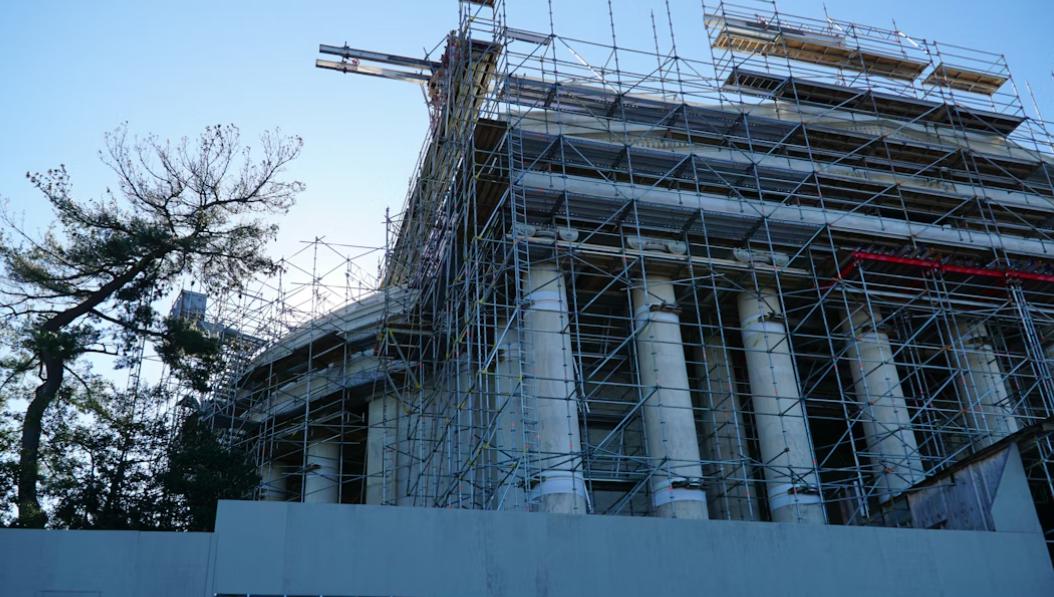The final quarter of 2025 presents a challenging environment for real estate investors. As multifamily bridge lenders grow increasingly cautious, adapting to new underwriting standards has become essential. From fluctuating property values to a cooling debt market, investors must be proactive in understanding these shifts to continue leveraging multifamily bridge loans for quick acquisitions and portfolio expansion. Despite these headwinds, commercial real estate lending surged 90% year-over-year in Q1 2025, showing strong momentum and renewed activity from banks and other lenders.
This article breaks down the key underwriting changes shaping the multifamily bridge lending landscape in Q4 2025 and how savvy investors can stay ahead by adjusting their strategies.
Why Underwriting Criteria Are Changing in Q4 2025
A combination of macroeconomic uncertainty, softening rent growth in some metro areas, and regional overbuilding has made lenders wary. In turn, multifamily bridge loan lenders are tightening their risk thresholds, primarily through stricter underwriting practices.
Key drivers behind these shifts include:
- Interest rate volatility: While the Federal Reserve has held rates relatively steady, fears of inflation spikes have made multifamily bridge financing rates
- Valuation concerns: In certain markets, cap rates have widened, causing appraised values to fall below seller expectations.
- Loan performance trends: Lenders are closely monitoring default risks and want borrowers with stronger exit strategies and financial backing.
These factors are prompting lenders to reevaluate how they assess multifamily property bridge loans, particularly in markets like California, Florida, Texas, New York, and Pennsylvania.

Tighter Loan-to-Value (LTV) and Loan-to-Cost (LTC) Ratios
In Q4 2025, most loan providers have revised their acceptable LTV and LTC thresholds. Previously, LTVs as high as 80% were common, but many lenders are now capping them at 70–75%, especially in markets with recent price corrections.
Borrowers seeking bridge financing for multifamily properties must now bring more equity to the table. This trend impacts both acquisition and renovation projects, requiring deeper reserves or co-investor partnerships.
Increased Scrutiny of Exit Strategies
Given that multi family bridge loans are short-term, lenders need assurance that borrowers have viable exit plans, whether through refinancing, sale, or permanent financing.
In 2025, underwriters are emphasizing:
- Refinance feasibility: Can the borrower meet DSCR requirements post-stabilization?
- Market rent growth: Is there sufficient upside in rental income to justify refinancing?
- Sponsor experience: Has the borrower successfully executed similar strategies before?
Multifamily bridge financing options will remain available, but only to those who can clearly articulate and document their plans for repayment.
Emphasis on Sponsor Track Record and Liquidity
Sponsor strength has always mattered, but it’s now a central pillar of underwriting. Lenders want assurance that borrowers can weather market volatility or construction delays.
Expect lenders to:
- Require detailed resumes and track records of past multifamily real estate bridge loans.
- Request updated personal financial statements showing liquidity buffers.
- Look for experience in value-add execution, property management, and successful refinancing.
Those without a strong track record may need to partner with more experienced operators to secure private lending solutions.
Rent Roll and Operating History Matter More Than Ever
For stabilized or partially leased properties, a reliable rent roll and historical performance are crucial. In particular, underwriters in markets like Texas, California, and Florida are factoring in tenant turnover rates, renewal trends, and collection consistency.
Key documentation that can strengthen an application for multifamily bridge loans with fast approval includes:
- 12–24 months of operating statements.
- Current rent roll with lease expirations.
- Occupancy trend reports and any major capital improvements completed.
Strong in-place cash flow can still unlock favorable multifamily bridge loan rates, even in tighter credit markets.
Third-Party Reports Are Taking Center Stage
Third-party reports are no longer a box to check—they are becoming key decision drivers in Q4 2025. These include:
- Appraisals: Appraised values are being closely scrutinized, especially for off-market acquisitions.
- Environmental Reports: Phase I ESAs are mandatory for most commercial bridge loans for multifamily.
- Property Condition Assessments (PCAs): Lenders want to know what deferred maintenance might affect short-term operations or resale value.
Delays in third-party report delivery can slow down funding timelines, so it’s vital to plan ahead to maintain eligibility for multifamily bridge financing solutions.

How to Remain Eligible for Quick Funding
Despite the challenges, many multifamily bridge loan companies continue to fund deals quickly provided borrowers are well-prepared. Here’s how to boost your chances:
- Gather complete documentation early, especially rent rolls, appraisals, and construction budgets.
- Have equity or a liquidity partner lined up to meet the revised LTV requirements.
- Communicate your exit strategy clearly, with supporting market data and refinance projections.
- Choose lenders familiar with your target market, as they will better understand risk dynamics and can streamline approvals.
When time is of the essence, choosing multifamily bridge loan lenders who specialize in fast approvals can mean the difference between securing a deal or missing out.
Conclusion
As the multifamily bridge lending landscape evolves in Q4 2025, navigating tighter underwriting criteria requires preparation, transparency, and adaptability. Investors who understand current lender expectations, ranging from conservative LTVs to detailed exit strategies, will be better positioned to secure funding and act decisively in a shifting market.
Ready to Fund Your Next Deal Quickly?

Insula Capital Group offers tailored multifamily bridge financing solutions with lightning-fast approvals and seamless closings. Whether you’re investing in California, Florida, New York, Texas, or Pennsylvania, trust our experts to help you secure capital when timing matters most. Fill out the pre-qualification form today!




